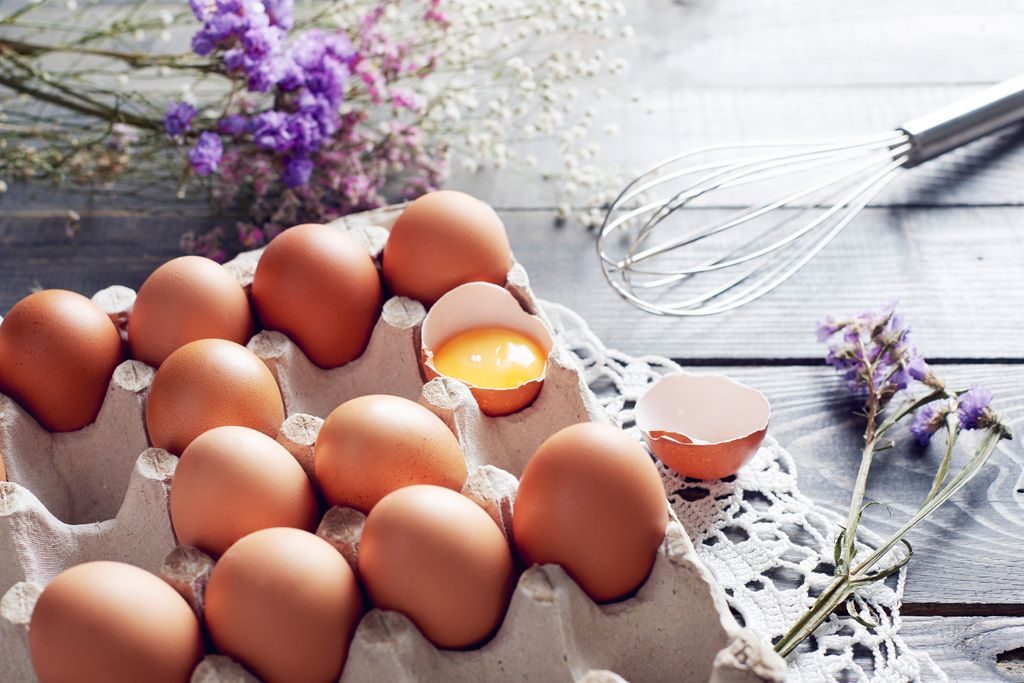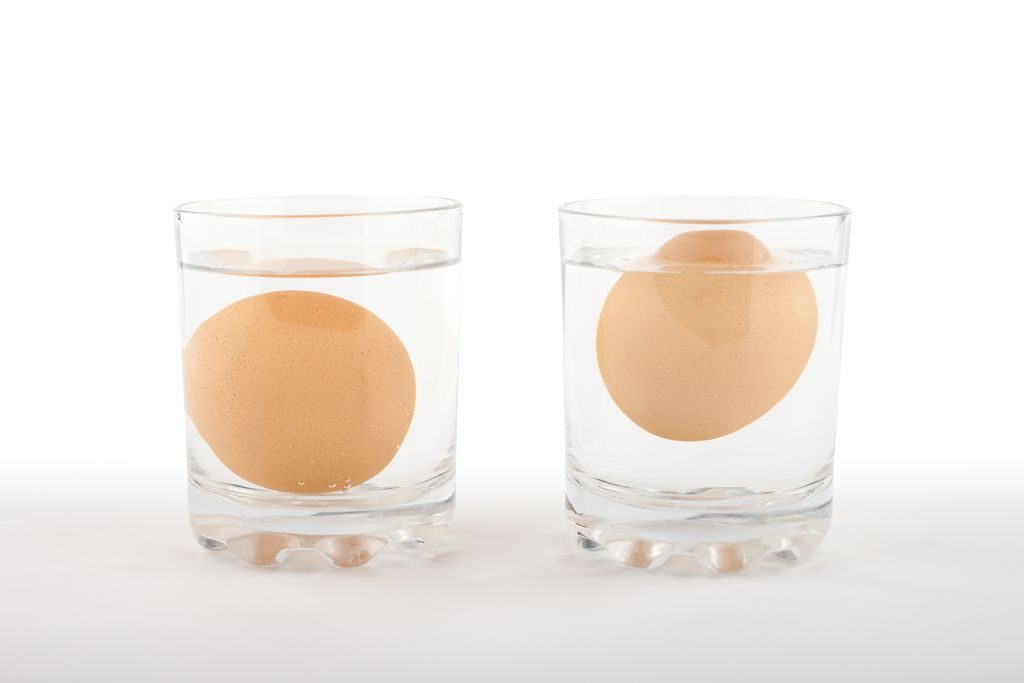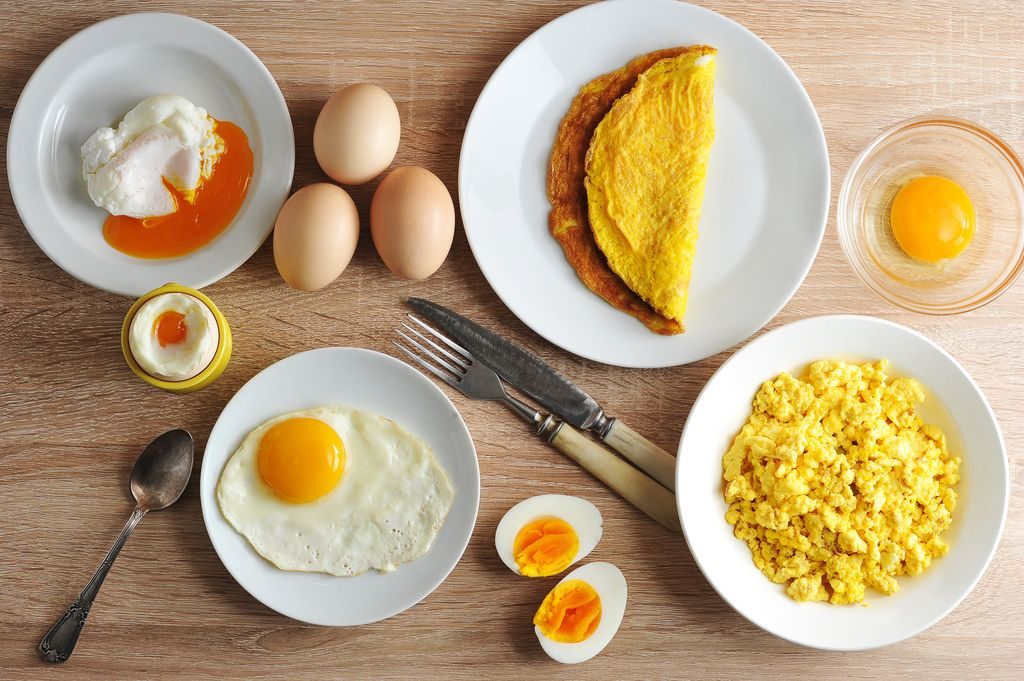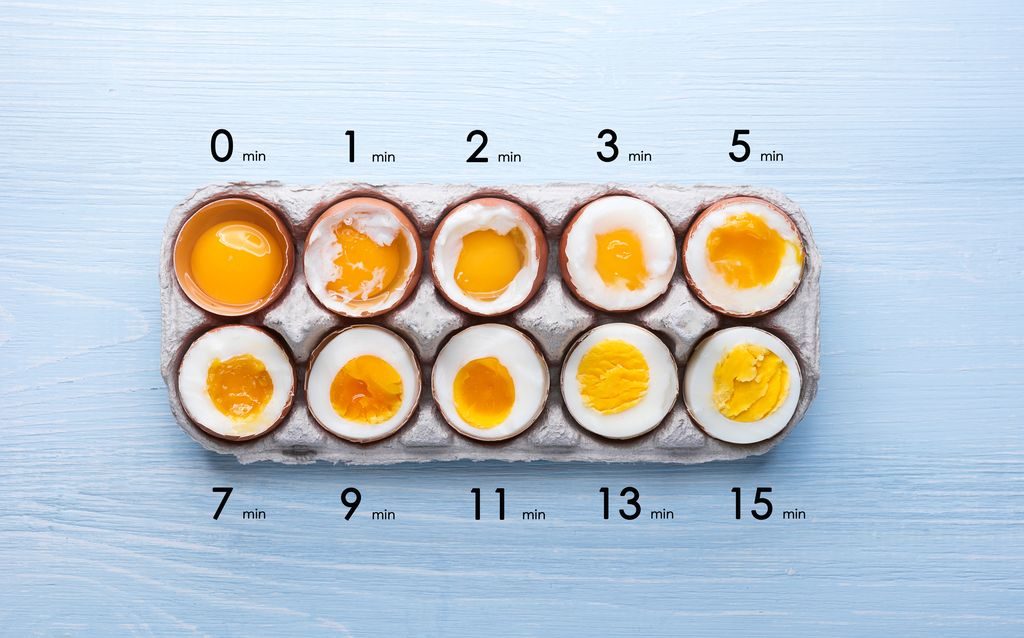Egg
Eggs are used in both sweet and savoury recipes. Inside they have two parts, a yolk and what is referred to as a white. Eggs are referred to as a superfood because of their high nutritional value.

Eggs are a very versatile ingredient, they are used in both sweet and savoury recipes. They are comprised of an outer shell which protects the inner yolk and the white. The most commonly consumed are chicken eggs but you can also find quail, duck and goose eggs in some selected stores.
Nutritional facts about eggs
Eggs are packed full of nutrition and can be enjoyed as part of a balanced diet. They are high in protein and loads of beneficial vitamins such as vitamin A, vitamin B5, vitamin B12, vitamin B2, folate, phosphorus and selenium. It also has some vitamin D, vitamin E, vitamin K, vitamin B6, potassium, calcium and zinc.
Eggs contain 143 calories per 100g or (86 calories per egg) and the amount of protein is 12.56g per 100g or (7.5g per egg).
Eggs are not made up of any carbohydrates or sugars, so they do not raise your blood sugar levels. This means eggs glycemic index is zero.
Cholesterol in eggs
In the past eggs were demonised and we were told to avoid them for fear of raising our cholesterol levels. However, doctors have discovered that most cholesterol comes from foods high in sugars and saturated fats!
How to determine the freshness of eggs

Thankfully there is a super easy method to test an egg’s freshness. What you will need;
-
- A bowl or glass container
- Cold water
- An egg (obviously)
fill the glass with water and place the egg in the container.
- If the egg sinks to the bottom and lays flat on its side, it means its fresh. These eggs are perfect for eggs benedict as they will stay together while poaching!
- If they stand on one end at the bottom of the bow or float slightly l they are a few weeks old but still good to eat.
- However, if they float to the surface, they are no longer fresh enough to eat.
This method works because egg shells are porous. This means the older the more time the air has had to penetrate the shell. Fresh eggs sink to the bottom because they have had less time to let the air inside, this means older an egg is the more buoyant it will be.
Egg Alternatives
Eggs contribute to the overall structure, colour, flavour and texture of baked goods
Eggs are especially common in baking, making it a little tricky for people suffering from an allergy or those who follow a vegan diet. Fortunately, there are plenty of ways to replace them!
For a more dense texture, you can use ground flaxseeds, ground chia seeds or tofu with a high water content. These would be great in muffins or bread recipes!
Cooking eggs

“How do you like your eggs in the morning?” Dean Martin once asked, sometimes this question isn’t the easiest to answer! There must be 1001 different egg orientated recipes in the world! they are the main ingredient quiche, frittatas and omelettes! Eggs are a breakfast staple because they are quick to prepare and full of energy!
How to boil an egg

The method is simple, all you have to do is place the eggs in a pot of cool water and bring it to the boil. Once boiling you can start the timer!
- Soft boiled egg, 4-8 minutes
- Firm boiled egg 9-11 minutes
- Hard boiled egg 13-15 minutes(great for an egg salad).
And for those with limited time or cooking equipment you can always cook scrambled eggs in the microwave!




